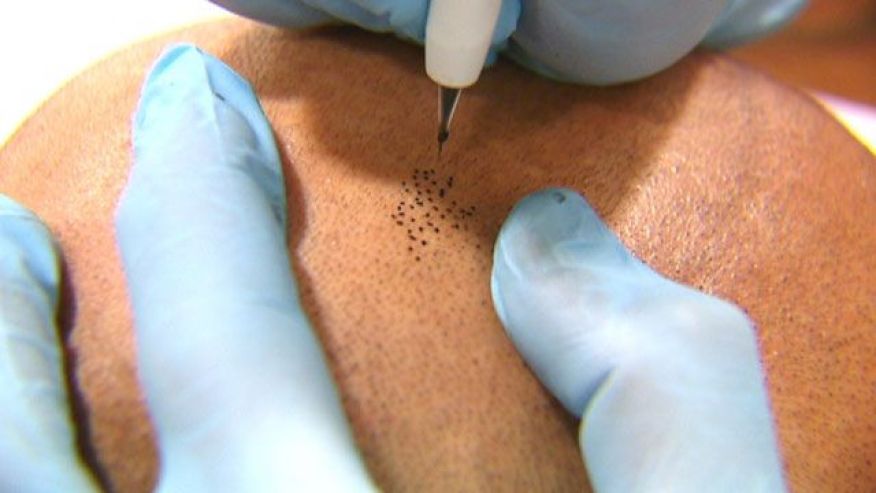
A discussion earlier last week sparked me to dig out this ‘repeat’ column on plantar fasciitis, so I hope you find it helpful. Pain and stiffness in the bottom of the heel that is usually worse in the morning when you take your first steps out of bed is one of the major complaints of those with plantar fasciitis. Plantar fasciitis usually develops gradually over time and often only affects one foot. It happens as a result of overstretching or overusing the tissue along the bottom of the foot. Activities such as jogging and step aerobics or excessive weight gain can all contribute to the inflammation and pain felt.
Symptoms can range from a dull pain, a sharp pain and even a burning or ache on the bottom of the foot extending outward from the heel. It can flare up after prolonged activity due to increased inflammation. It’s quite common not to feel the pain during the activity but rather just after stopping.
You’re at a greater risk of developing plantar fasciitis if you’re overweight or obese. This is due to the increased pressure on your plantar fascia ligaments, especially if you have sudden weight gain. Women who are pregnant often experience bouts of plantar fasciitis, particularly during late pregnancy. If you have foot problems, like high arches or very flat feet, you may develop plantar fasciitis. Tight Achilles tendons, which are the tendons attaching your calf muscles to your heels may also cause plantar fascia pain. The worst ladies, and we are all guilty of this is wearing shoes with soft soles and poor arch support – flip flops are not our foot’s best friend.
There is relief, and hopefully these few tips and exercises will help. First things first – ice. Frequent icing of the heel or the whole bottom of your foot will help, even if you are not experiencing pain at the time. Calf stretches will help a lot. Remember that there are two major calf muscle so I would recommend doing both – stand with both hands on the wall in front of you, right leg extend behind (straight leg), left leg bent in front. Keeping both heels on the floor and both feet facing forward, lean into the wall until the right calf experience the stretch, holding for about 10 to 12 seconds. Then switch legs. The other stretch, is to stand tall, feet shoulder width apart, one foot slightly ahead of the other, then slowly sit into the back heel. Again hold for about 10 to 12 seconds.
Next grab a tennis ball, sit down and place your foot on top of the ball. Slowly roll your foot front to back as you apply light pressure downward. Foot flexes with the help of a towel is the last one. Again sitting down, wrap a towel around your foot with each end of the towel in each hand. Slowly pull the towel (your foot) towards you, hold and slowly release. Of course if the pain persists you should seek the advice of your medical professional.
If you are interested in know about anything discussed in this column, or you have an idea or topic you would like to see addresses, please send your request to [email protected].
[“Source-thedailyobserver”]



















